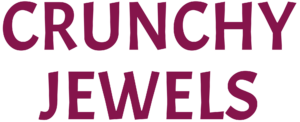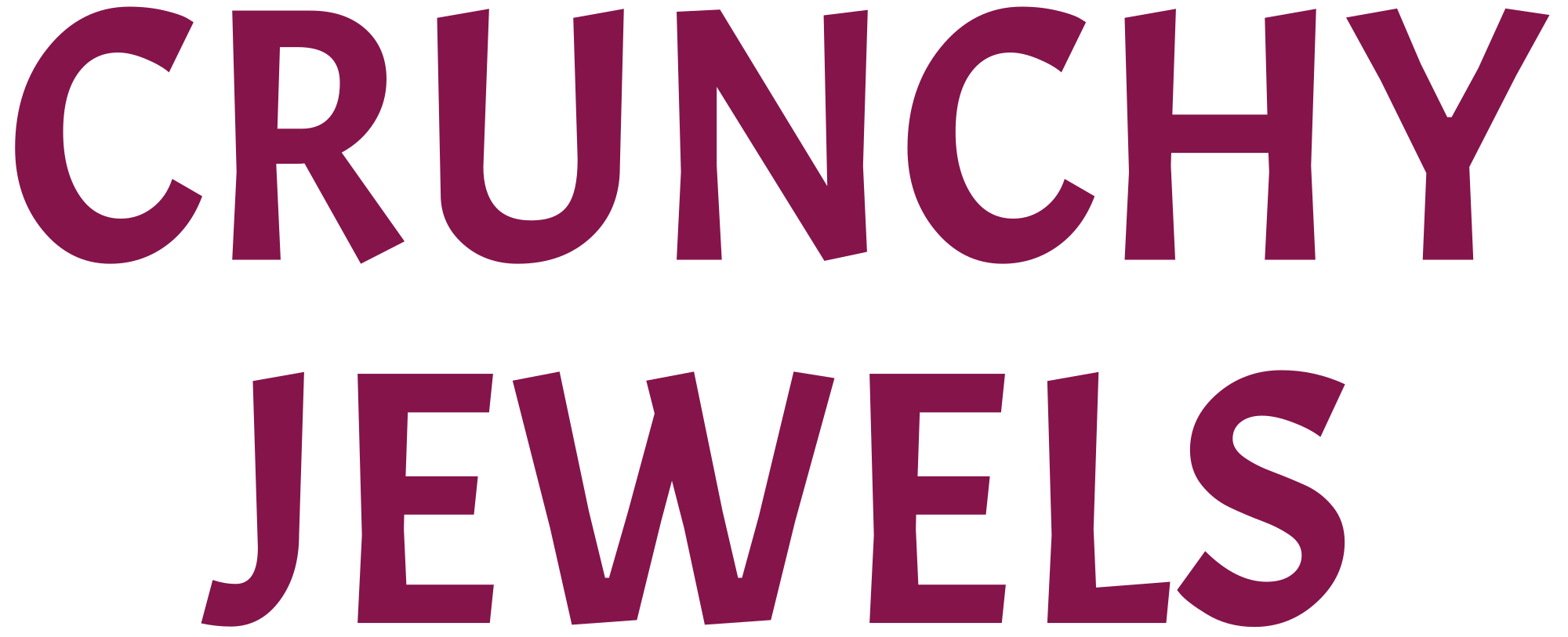Understanding Pansexuality
Pansexuality is a sexual orientation characterized by romantic, emotional, and/or sexual attraction to people regardless of their gender identity or expression.
It’s important to note that pansexuality extends beyond the traditional binary understanding of male and female genders.
Those who identify as pansexual are attracted to individuals across the entire spectrum of gender identities, including but not limited to:
-
Transgender men and women
-
Non-binary individuals
-
Agender individuals
-
Genderfluid individuals
-
And all other gender identities
Pansexuality encompasses a wide range of experiences and expressions. Some pansexual individuals may experience attraction to all genders equally, while others may find themselves drawn more strongly to certain genders.
The core principle of pansexuality is the recognition that gender is not a limiting factor in experiencing attraction.
It’s crucial to distinguish pansexuality from other sexual orientations. Bisexuality often focuses on attraction to two genders, typically male and female, while pansexuality acknowledges attraction beyond this binary.
Similarly, while both pansexuality and omnisexuality involve attraction to multiple genders, pansexuality emphasizes that gender itself is not a defining factor in attraction.
Understanding pansexuality requires embracing fluidity and recognizing the diverse ways in which individuals experience and express their sexual orientation.
It involves challenging societal norms and stereotypes that confine us within rigid gender categories.
Pansexuality is a sexual orientation characterized by romantic or sexual attraction to people regardless of their gender identity or expression. It’s a term that encompasses attraction to all genders, including men, women, transgender individuals, non-binary people, and everyone else.
Unlike heterosexuality, which refers to attraction to the opposite gender, or homosexuality, which refers to attraction to the same gender, pansexuality extends beyond these binary categories.
A core aspect of pansexuality is the understanding that gender is a spectrum and not simply male or female.
Pansexual individuals see people as individuals first and foremost, valuing their unique qualities and personalities rather than solely focusing on their gender.
Here are some important points to understand about pansexuality:
-
It’s not the same as being bisexual. While both orientations involve attraction to multiple genders, bisexuality often specifically refers to attraction to two genders (typically men and women).
-
Pansexuality is about attraction, not gender identity. A pansexual person can identify as any gender themselves, just as a heterosexual person can.
-
Attraction is complex and fluid. People’s attractions can evolve over time, and what feels accurate one day might change adjustable cock ring another day.
It’s essential to remember that everyone experiences and expresses their sexuality differently. Pansexuality is just one way of understanding and navigating attraction, and it’s important to approach discussions about sexual orientation with respect and understanding.
The Spectrum of Pansexual Identity
Pansexuality is a multifaceted sexual orientation characterized by romantic, emotional, and/or sexual attraction to individuals regardless of their gender identity or expression.
Understanding pansexuality requires embracing its fluidity and the evolving nature of individual experiences.
Here’s a deeper exploration of the spectrum of pansexual identity:
1. The Core Principle: Attraction Beyond Binary Gender
At its heart, pansexuality centers on the idea that attraction is not limited by societal constructs of male and female genders.
Pansexual individuals may be attracted to men, women, transgender people, non-binary individuals, genderqueer people, and anyone else, regardless of how they identify or express their gender.
2. Fluidity and Subjectivity
Pansexuality is a spectrum, meaning experiences vary greatly from person to person.
Some pansexual individuals may be attracted to all genders equally, while others might find themselves drawn more strongly to certain genders at different times.
This fluidity is an essential part of understanding pansexuality and respecting individual identities.

3. Beyond Sexual Attraction
Pansexuality encompasses more than just sexual attraction; it also includes romantic and emotional connections.
A pansexual person might feel deeply drawn to someone romantically or emotionally, even if they are not sexually attracted to them.
Similarly, a pansexual individual might experience sexual attraction without feeling a strong romantic or emotional connection.
4. Intersectionality and Overlap
Pansexuality often intersects with other identities, such as race, ethnicity, religion, class, and disability.

These intersecting identities shape individual experiences and understandings of pansexuality.
For example, a Black pansexual person might face unique challenges and experiences compared to a white pansexual person.
5. Evolution of Language and Understanding
Language surrounding sexuality is constantly evolving, and the understanding of pansexuality has also developed over time.
In the past, terms like “bisexual” or “homosexual” were often used in ways that did not encompass the full spectrum of human experiences.
The emergence of pansexuality as a distinct term reflects a growing recognition of the diversity within sexual orientation.
6. Respect and Validation
It is crucial to approach discussions about pansexuality with respect and understanding.
Individuals’ self-identified labels are paramount, and it’s important to validate their experiences without imposing assumptions or limitations.
Promoting inclusivity and acceptance within our communities is essential for creating a more equitable and supportive environment for all.

Pansexuality is an expansive and nuanced sexual orientation characterized by romantic, emotional, and/or sexual attraction to people regardless of their gender identity or expression.
It’s crucial to recognize that pansexuality exists on a spectrum, with individuals experiencing it in diverse ways.
-
For some, pansexuality encompasses attraction to all genders, while others might experience attraction more selectively within the gender spectrum.
-
Some pansexual individuals may identify strongly with the term “pan” and feel a deep connection to the broader pansexual community, while others might use it as a descriptor of their attraction without necessarily identifying strongly with the label itself.
-
It’s also important to remember that pansexuality is fluid and can evolve over time. An individual’s understanding and expression of their pansexuality may change as they grow, learn, and explore their identity.
Expressing pansexuality in language can be both liberating and challenging.
Here are some ways individuals might express their pansexuality:
-
Using the term “pansexual” to describe themselves.
-
Referring to their attraction as being to “all genders” or “people regardless of gender.”
-
Utilizing pan-related symbols, such as the pansexual flag (pink, yellow, blue), in online profiles or personal spaces.
-
Sharing their experiences and perspectives on pansexuality with others through writing, art, or conversation.
It’s essential to create a safe and affirming environment where individuals can express their pansexuality authentically and comfortably.
Respecting people’s self-identified labels and using language that aligns with their preferences is crucial in fostering inclusivity and understanding.
Pansexuality in Society
Pansexuality, often misunderstood and misrepresented, is a sexual orientation characterized by attraction to people regardless of their gender identity or expression.
It challenges the traditional binary view of sexuality that confines individuals to categories like “gay,” “straight,” or “bisexual.” Pansexual individuals embrace a spectrum of gender identities and expressions, recognizing the fluidity and diversity inherent in human attraction.
Here’s a deeper look into pansexuality in society:
-
Challenging Gender Binary Norms:
Pansexuality directly confronts the societal expectation that individuals must align with a strictly defined gender binary. It dismantles the notion that attraction is limited to specific genders, expanding our understanding of love and connection beyond these rigid categories.
-
Promoting Inclusivity and Acceptance:
By embracing all genders, pansexuality fosters inclusivity and acceptance within the LGBTQ+ community and society as a whole. It creates a space where individuals feel comfortable expressing their true selves without fear of judgment or discrimination.
-
Encouraging Empathy and Understanding:
Pansexuality promotes empathy and understanding by challenging stereotypes and prejudices associated with gender identity. It encourages people to see beyond superficial labels and appreciate the complexities and nuances of human experience.
Despite its growing visibility, pansexuality still faces challenges in society:
-
Misconceptions and Stereotypes:
One of the most prevalent challenges is the prevalence of misconceptions about pansexuality. Some people equate it with promiscuity or a lack of commitment, which are harmful stereotypes that perpetuate stigma and discrimination.
-
Lack of Representation:
Pansexual individuals are often underrepresented in media, popular culture, and educational materials. This lack of visibility can make it difficult for young people to understand and embrace their own pansexuality.
-
Social Pressure and Internalized Homophobia:
Even within the LGBTQ+ community, pansexual individuals may face pressure to conform to more accepted labels or internalize homophobic beliefs. This can lead to feelings of isolation and self-doubt.
Moving forward, it is essential to:
-
Increase Education and Awareness:
Providing accurate information about pansexuality through educational campaigns, workshops, and public discourse can help dispel myths and foster understanding.
-
Promote Inclusive Language and Representation:
Using inclusive language that respects all gender identities and expressions is crucial. Amplifying the voices of pansexual individuals in media, literature, and other platforms can create a more welcoming and representative society.
-
Cultivate Empathy and Acceptance:
Encouraging empathy and acceptance towards individuals regardless of their sexual orientation is essential for creating a just and equitable society. This involves challenging prejudice and promoting respect for diversity.
Pansexuality is a sexual orientation characterized by romantic, sexual, or emotional attraction to people regardless of their gender identity or expression.
Understanding Pansexuality:
-
It’s crucial to distinguish pansexuality from bisexuality. While both orientations involve attraction to more than one gender, pansexual individuals are attracted to all genders, while bisexual individuals typically experience attraction to two genders (usually men and women).
-
Pansexuality encompasses a spectrum of experiences. Some pansexual individuals may be primarily attracted to one or a few genders, while others may feel equally drawn to all genders.
-
Gender identity is not a factor in pansexual attraction. A pansexual person might be attracted to someone who identifies as male, female, non-binary, transgender, or any other gender identity.
Pansexuality in Society:
-
Historically, societal norms have often limited understandings of sexuality. Pansexuality has been historically marginalized and misunderstood, leading to a lack of visibility and representation.
-
Increasingly, however, there is growing awareness and acceptance of pansexuality within society. This progress is largely driven by LGBTQ+ advocacy and the sharing of personal stories and experiences.
-
Challenges still exist for pansexual individuals, including discrimination, stigma, and lack of understanding from family, friends, and the general public.
Representation and Visibility:
-
Media representation of pansexuality has been limited, often portraying it inaccurately or stereotypically. It is crucial to have diverse and nuanced portrayals that reflect the lived experiences of pansexual individuals.
-
Visibility in various spaces, such as education, healthcare, and workplaces, is essential for creating an inclusive and affirming environment for pansexual people.
-
Supporting organizations and initiatives that advocate for pansexual rights and visibility can contribute to creating a more accepting and equitable society.
Moving Forward:
Continued dialogue, education, and advocacy are essential to fostering greater understanding and acceptance of pansexuality. It is important to recognize the unique experiences and challenges faced by pansexual individuals while celebrating their identities and contributions to society.
Dive into all aspects here
Check out this full insight
- Skin Pen Microneedling Near Stoke D’Abernon, Surrey - November 17, 2025
- Skin Pen Microneedling Near Elstead, Surrey - November 16, 2025
- Skin Injectables Near Selhurst, Surrey - November 13, 2025

